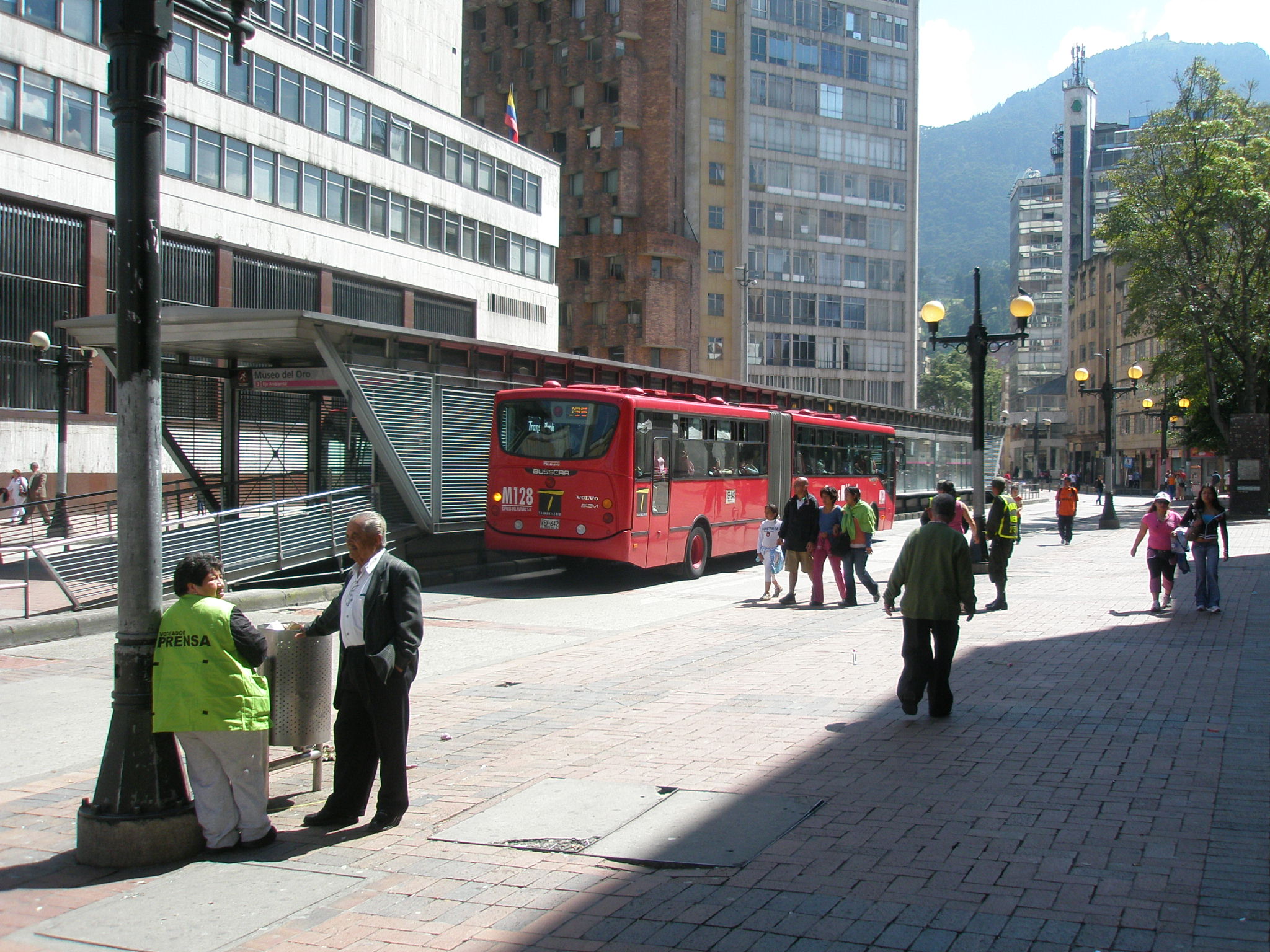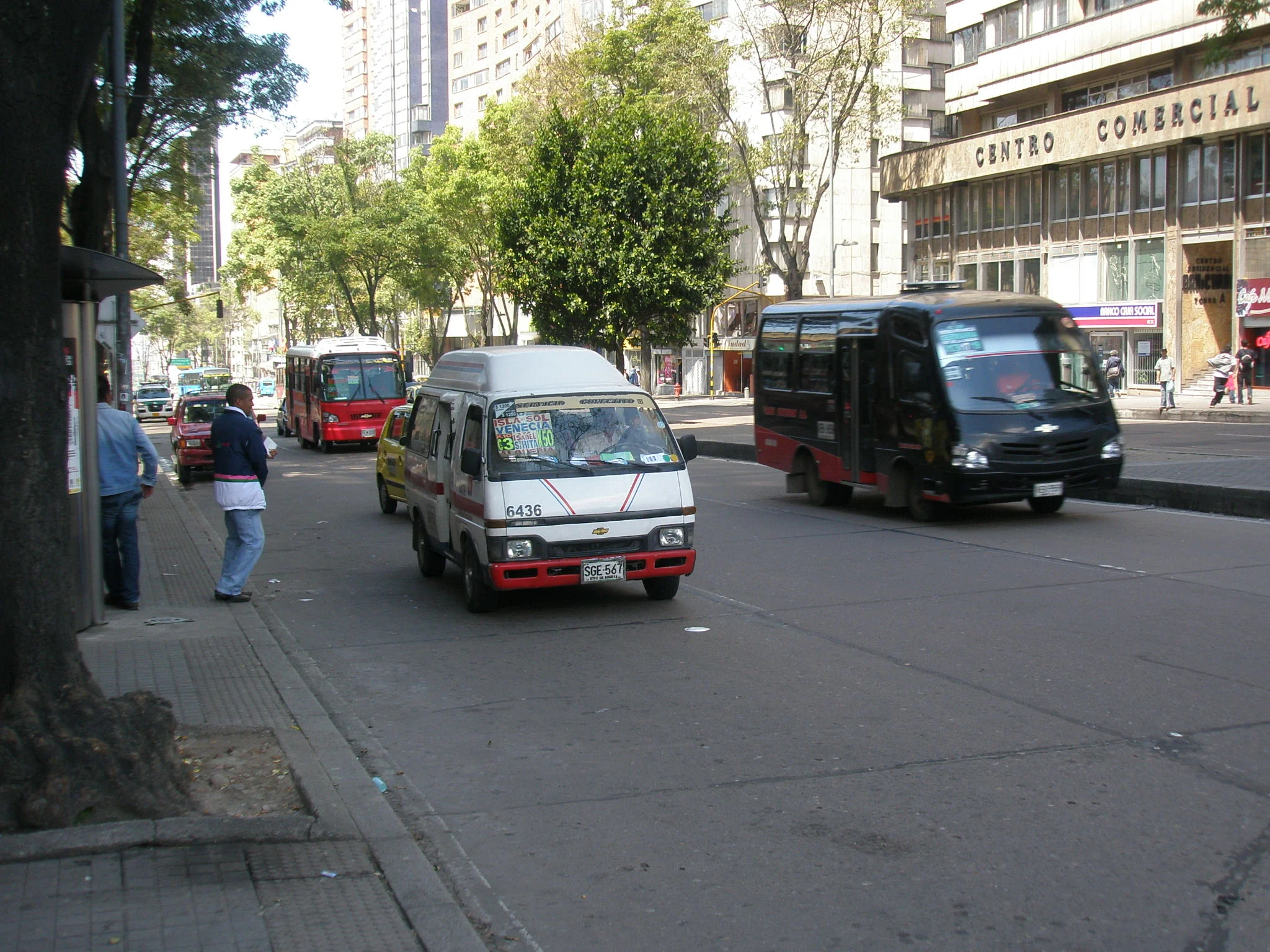Make bus service free
In the urban planning profession, we talk a lot about the importance of public transit. At any given public presentation or meeting, you’ll hear people talk incessantly about how we need to offer real alternatives to driving, and how all development should make itself either accessible to transit or transit-oriented. Unfortunately, that’s where a lot of the talk ends. We don’t offer much in the way of new thinking in terms of how to actually provide the service, or how to encourage people to do the one thing that is the mainstay of all transit in the U.S. – ride the bus. We don’t do this, because, frankly, even most planners rarely ride a bus.
We don’t avoid the bus because we’re hypocrites, or at least I don’t believe that to be the case. We don’t ride the bus, because, let’s be frank, riding the bus in most cities sucks. If you’re lucky enough to live somewhere where frequent bus service exists (increasingly a rarity), it’s still the last transportation mode of choice. In most of America built in the last 5-6 decades, you probably don’t even have much of an option for bus service.
But for the sake of this piece, let’s assume you actually live somewhere that has regular access to some sort of bus system, and it can get you to many of your destinations. In that case, your journey starts with a walk, sometimes 5-10 minutes, waiting outside in whatever weather you find yourself, and dealing with buses that are often off-schedule (if you even know the schedule). Once the bus arrives, you get to ride on a jerky vehicle that stops often, takes 2-3 times as long to get to your destination as driving, and probably has people riding on it that you’d rather not share a vehicle with. That is, if there’s anyone on the bus at all – so many routes have only a handful of riders.
For this pleasure, you get to sift through your pockets and loose change to come up with the $1.50 or so to take the ride, or perhaps you have a monthly pass for frequent riders. Oh, one last bit of fun - if you’re not familiar with the bus, you may not be sure it’s going to take you where you exactly want to go.
Despite efforts of many transit agencies to make buses more comfortable and colorful, embrace GPS technology (albeit slowly), improve bus stops, and add special routes, it’s no great mystery that the service still is the last choice for most people wanting to get from point A to point B.
I’ve long advocated that we need to fundamentally rethink this service that makes up the backbone of nearly all transit systems in the country. The systems we have today are essentially the forgotten descendant of streetcar systems that existed in a previous era, and need a fundamental makeover. Could we have a reality TV show that’s “Extreme Transit Makeover”? Probably not – doesn’t sound like a big hit for the Nielsens.
Nonetheless, one of the many transformations that transit systems should consider is to simply make basic bus service free.
But how can the bus be free, you ask? After all, someone has to pay for it.
It’s true. Nothing is ever free. But my proposition is that the basic city bus service that so many places fund would be better off as a basic municipal service, like fire or police. Fund it through a dedicated tax of some kind – sales, property, etc, and don’t bother to charge for the ride itself. Allow me to elaborate.
Consider first that most bus systems come nowhere near being able to pay for themselves through farebox revenue (the money you pay to ride, either as a single ticket or a monthly pass). The overwhelming majority of bus systems take in about 20% of their total revenue through the farebox. Some take in quite a bit less, and a successful handful take in closer to 30%. Most urban rail systems do a bit better – they often average closer to 50% of total revenue through farebox, for what is decidedly a premium service.
Would a 20% cut in revenue be painful? Certainly, if this was a zero sum game. Transit agencies are notoriously poor at being able to monetize their assets and services, and this would force many to think in new and more entrepreneurial ways to raise revenue, even if tax revenue made up some or all of the gap. The farebox systems do actually cost money (the equipment on the bus isn’t cheap), so there would be a modest decrease in expenses. But yes, transit operators would have to adjust, even as free ridership brings more customers into the system. And clearly if bus service was free, more people would ride. The good news: more riders equals more customers for premium services, and more customers to advertise to.
A common critique of any proposal to eliminate individual out-of-pocket cost is that people do not value anything they don’t have to pay for. It’s true to a degree – our human nature values things more that we have to pay substantially for. But, really, will people value riding a bus any less if they don’t have to shell out $1.50 a ride, or $30 a month? Do we really think today’s riders feel that kind of ownership of their ride?
A few small cities and agencies have taken the leap and do provide a free system, though they are admittedly special cases. Numerous mountain towns, for example, offer totally free bus service, and they are well-used by locals and visitors. Island Transit in Whidbey Island, WA has a free system throughout the island. But for the most part, the idea has never taken hold in more run-of-the-mill cities and towns, let alone big city transit agencies.
In recent years, many cities have adopted free circulators or special discounted routes, especially in their downtown areas. This if often done to speed up service in more congested areas, since the slowest part of bus service is the act of collecting money during boarding. For my part, the act of removing the payment process from the boarding process is reason enough to at least consider how to provide a free service. Anyone who’s ridden a bus knows just how frustrating this is to deal with.
If the idea of a totally free system seems too radical, imagine what could happen with a hybrid system. Transit agencies could choose to make all of the slow feeder routes free, and charge for the more premium services, such as express buses. Want a quick ride? You pay a substantial premium. Willing to wait? You can ride for free. With this proposition, agencies would only charge for routes where they have the physical ability to set up a pre-pay system, much like rail lines. This of course is a primary feature of true BRT (Bus Rapid Transit) lines, as pioneered by the system in Curitiba, Brazil, and now in place in many parts of the world. The theory: if you don’t have the physical room to set up this service, make it a free line.
There’s a host of other transformations that transit agencies can take, and some are gradually doing. A list that’s certainly not all-inclusive would be: smaller buses that operate more frequently, instead of big, empty buses; making the bus itself a more informal, fun experience with music and even wi-fi; using creative paint jobs on the buses to give them a whimsical character; contracting out operation of the lines, instead of it all being run by a centralized agency. The list could go on – what are your ideas?
It’s high time for a revolution in bus service in this country, with a fundamental rethinking of the transit model that we inherited generations ago. Far too many agencies are still focused on moving people around who have no choice, instead of attracting new riders or discretionary riders into the system. And most agencies still don’t understand variable pricing and value-added services, like most customer-driven businesses inherently undertake. Instead, transit agencies rely on a combination of a 19th century service model and funding from the state/federal teat to get them by, all the time providing a service that is subpar at best. It’s time for a change.
If you got value from this post, please consider the following:
- Sign up for my email list
- Like The Messy City Facebook Page
- Follow me on Twitter
- Invite or refer me to come speak
- Check out my urban design services page
- Tell a friend or colleague about this site







